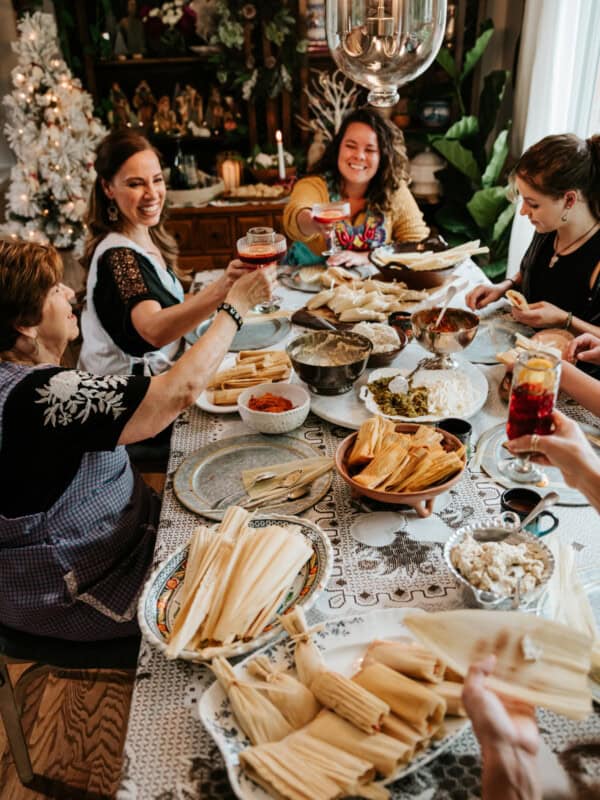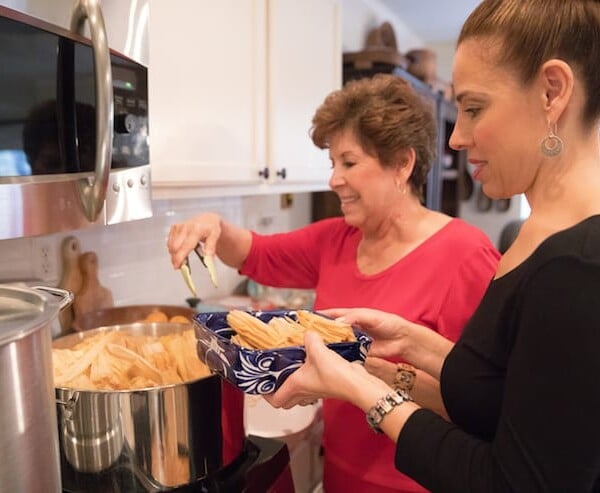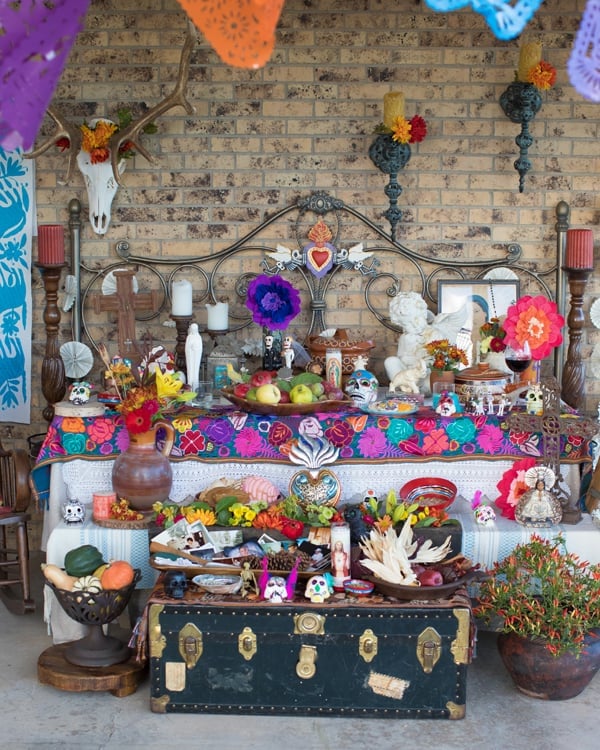Día de la Candelaria (Candlemas)
9
on Feb 02, 2011, Updated Feb 25, 2022
This post may contain affiliate links. Please read our disclosure policy.
Día de la Candelaria happens on February 2 and is also known as “Feast of the Purification of the Blessed Virgin” or as the “Presentation of the Lord.” This holiday is known as Candlemas in English, because candles are brought to the church to be blessed.
According to Jewish tradition, babies were taken to the temple to be purified or blessed forty days after they were born. Traditional Catholic custom includes taking the baby Jesus, used in nativity scenes to the church on February 2.
Día de la Candelaria is a follow-up to the festivities of Día de Los Reyes, on January 6th, when children receive gifts and family and friends break bread together. The bread has a baby figurine hidden inside. The person who receives the figurine on Día de Los Reyes is supposed to host the feast on February 2, where tamales, champurrado, and atole are served.
Traditional atole is a corn masa drink, consumed mostly in Mexico and Central America. The hot chocolate version is known as champurrado. Both of these are usually served throughout the year during different holidays like Día de Los Muertos, Las Posadas, Día de Los Reyes, and Día de La Candelaria. My family has created our own version of atole. Instead of using the traditional corn masa, we use oatmeal and cinnamon.
If you loved our champurrado you’re going to fall in love again, but this time with our atole. The thick texture of this drinkable old fashioned Mexican oatmeal is like having a feast in a cup. Growing up our grandma use to make avena/atole for us as kids on cold mornings. Later in life my mother used to make this for our grandma every morning for breakfast and sometimes as a light meal or dessert in the evening. It is nutritious and extremely satisfying. The cinnamon adds a nice spice to the atole.
Did you find the baby Jesus figurine this year? What is on your menu this evening?
Feliz Día de la Candelaria!
Photography by Jeanine Thurston














cxzzzzzz
Hi I now leave in Austin Texas but yes I grew up In Brownsville Tx. where 80% is Hispanics. I learned that living further from the boarder even though there are still Hispanics we forget our traditions. I love your recipes and your stories. I tried your empanads and now I will try the the rosca. Here is Austin not many people know why we use the rosca and I just loved the way you tell the story and the meaning. I will use your recipe and keep the tradition going it is so beautiful. I also remember of my grandma making the atole and champurrado for us. I’m 52 and I just introduce My 9yr old grand daughter to champurrado and she loved it.
I also told her that my Grandmother made it for us in the winter. I love to cook and love you ladies
Aseneth Cruz
Thank you for the sweet comment. How did your rosca turn out? My tummy is craving just thinking about it.
I made champurrado this weekend for a tamalada I hosted. Everyone loved it 😉
Wow I was unaware of the meaning of this day! Thank you for sharing!
Gracias! Its been fun celebrating this special day!
“Beautiful”…!!! “Thank you so very, very much”…!!!
Thank you Connie!
We won’t be eating chocolate tamales, because they are all gone! 🙁
Kathleen
We froze quite a few thank goodness so I ate a red chile and pork tamal with my coffee for breakfast. Delicioso!